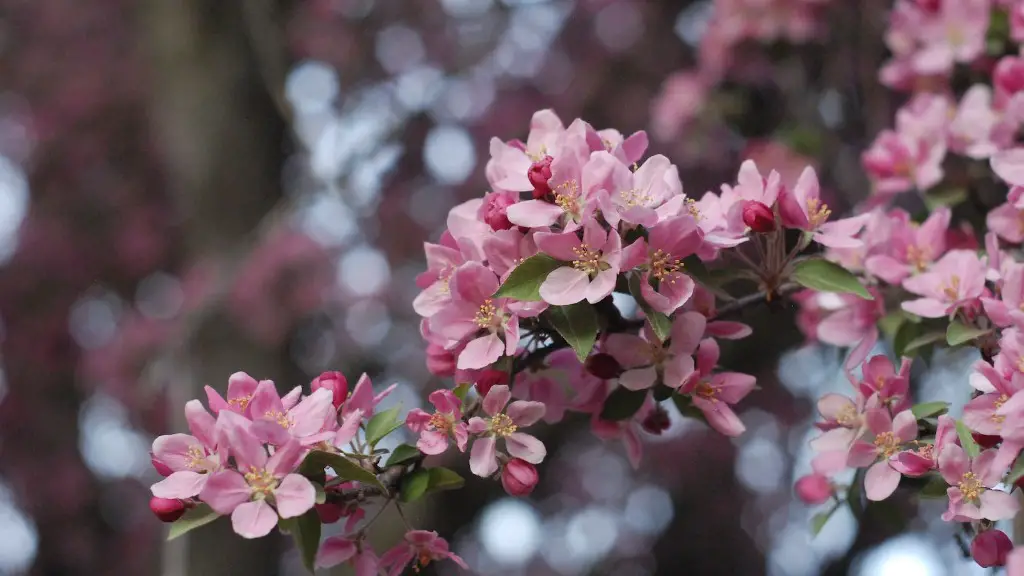Overview
Avocado trees have long been a popular way to cultivate this delicious fruit, but is it possible to grow one from a single stone? In this article, we’ll explore the possibilities of growing an avocado tree from the stone itself and discuss the potential benefits. We’ll also look at the complex process of germinating the stone, the processes of soil preparation and watering, and planting in the right environment.
Opinions often differ when it comes to avocado growing, but there is one fact we can all agree on: propagating the necessary avocado trees can be an incredibly difficult and lengthy process. From lemon trees to olives, many other fruit trees can be grown from stones, but is it possible to grow an attractive and productive avocado tree from an avocado stone?
Germinating the Avocado Stone
The process of germinating an avocado stone is quite straightforward, but can still be quite tricky. While it may be possible to simply plant the avocado stone in the ground and hope for the best, the chances of success are slim. The first step is to clean the avocado stone of all the fleshy remained. Once the stone has been fully cleaned, gently scrape away the top layer of the seed using a knife, as this will help kick-start the germination process.
Make sure the whole process, from cleaning to scraping, is done with great care as any damage could impact the tree’s growth. Also, it is crucial to ensure that the entire process is done in a hygienic, sanitized environment.
Once the seed has been cleaned, place it into a glass of water and make sure that the water covers the top of the stone by a few inches. Change the water every couple of days, as this prevents the stone from decaying and helps to encourage the germination process. Once a roots and shoot have grown, the stone can be planted in the ground.
Planting
Once the avocado stone has germinated, it is time to plant the tree in the ground. If a pot is chosen for planting, make sure it is around 12 inches deep and filled with loose soil. As for the environment of the tree, it is best to choose a spot outdoors that receives plenty of natural light. The soil should be well drained, as an avocado tree does not like having wet feet. To ensure the soil is well drained, additives like perlite, vermiculite and peat moss can be added.
In order for the tree to flower, it needs to receive the right amounts of light. Make sure the soil is completely moist before planting, then shape a small mound and place the stone on it. Cover the stone with soil and make sure the stem is standing straight. Water the soil regularly to ensure it remains moist.
Care and Maintenance
Just like many other trees, avocado trees need to be regularly pruned to keep them healthy and vigorous. The tree should also be regularly inspected for any pests or diseases. As avocado trees are vulnerable to pests and diseases, it is important to act quickly if any are spotted. Pests and diseases can spread quickly, so it is best to get them handled as soon as possible.
To reduce the chances of pests and diseases affecting the tree, it is important to give it the correct nutrition. This can be done through the use of fertilizer, as this helps to strengthen the tree and encourages it to produce nutritious fruit. The fertilizer should not be given too often, as this can cause overfeeding.
Avocado trees also require plenty of water, and the soil should never be allowed to dry out entirely. Water the tree regularly, paying attention to ensure the water reaches the roots and that there aren’t any standing pools surrounding the tree.
Harvesting
Harvesting avocado is quite an involved process and the timing is critical. Avocado trees can take up to five years to reach the point of fruiting and timing the harvest can be tricky. The goal is to pick the fruit when it is just ripe enough, but not so ripe that it has begun to rot. To find out when the fruit is ripe, the color of the skin needs to be observed.
Different avocado varieties have different skin colors and it is important to pay attention when harvesting. If the skins are still green, it is too early to harvest, but if they are black or brown, they are over-ripe. Generally, the skins will change to a golden brown color when they are ready to be picked.
Once the fruit is ripe and ready to be harvested, make sure to take extra care when picking them. Avoid dropping the fruit as this may lead to damage and poor shelf life.
Transportation and Storage
Avocados need to be handled with care, even after harvesting. They will keep for a few weeks if stored properly and the best option is to store them in a cool and dark place. If the fruit needs to be transported a long distance, it is important to wrap them carefully to prevent bruising. The fruit should also be stored in a vented container to allow it to breathe.
Depending on the variety, the avocados may need to be ripened further once they have been transported. These can be ripened by placing them in a paper bag with other fruits such as apples and pears, as this helps to speed up the process.
Pest and Disease Control
Avocado trees can be susceptible to pests and diseases, so it is important to watch out for any signs of infestation or ill health. Ladybugs, mealybugs and aphids can all be common pests that attack avocado trees and the earlier they are detected, the better. If the problem persists and any disease is suspected, it is best to treat the plant with an appropriate fungicide.
To prevent infestations, always stick to a strict watering schedule as this will help to keep the tree healthy and reduce the chances of pests and diseases. Also, avoid over-watering, as this can cause root rot, which is often a very difficult problem to solve.
Foliar Feeding
Foliar feeding is a process where liquid fertilizer is sprayed onto the tree’s leaves. This helps to replenish the leaves with the necessary nutrients and can help the tree to flourish and produce more fruit.
It is important to use the right type of fertilizer and to ensure that it is evenly applied. If the leaves appear to be changing color or beginning to yellow, it may be a sign of nutrient deficiency and foliar feeding can help to restore the tree’s health.
Foliar feeding should be done every two to three weeks and it should be done in the early morning or late evening so that the leaves have time to absorb the nutrients before they are exposed to direct sunlight.
Conclusion
In conclusion, it is possible to grow an attractive and productive avocado tree from a single stone. But it is a complex process and it is often very difficult to get the timing right. There is a lot of room for errors, so it is important to take your time and follow the steps above carefully.
From germinating the seed to the harvest and transport, all of the necessary steps to growing a successful, nutritious avocado tree must be taken into account. With patience, the right approach and a bit of luck, it is possible to build a thriving avocado orchard from a single stone.


